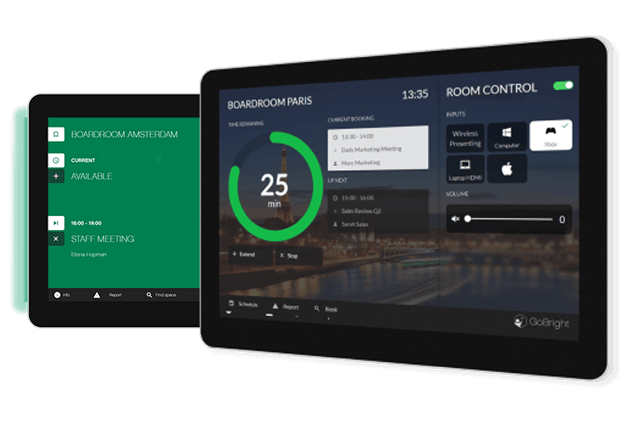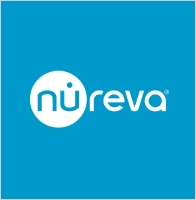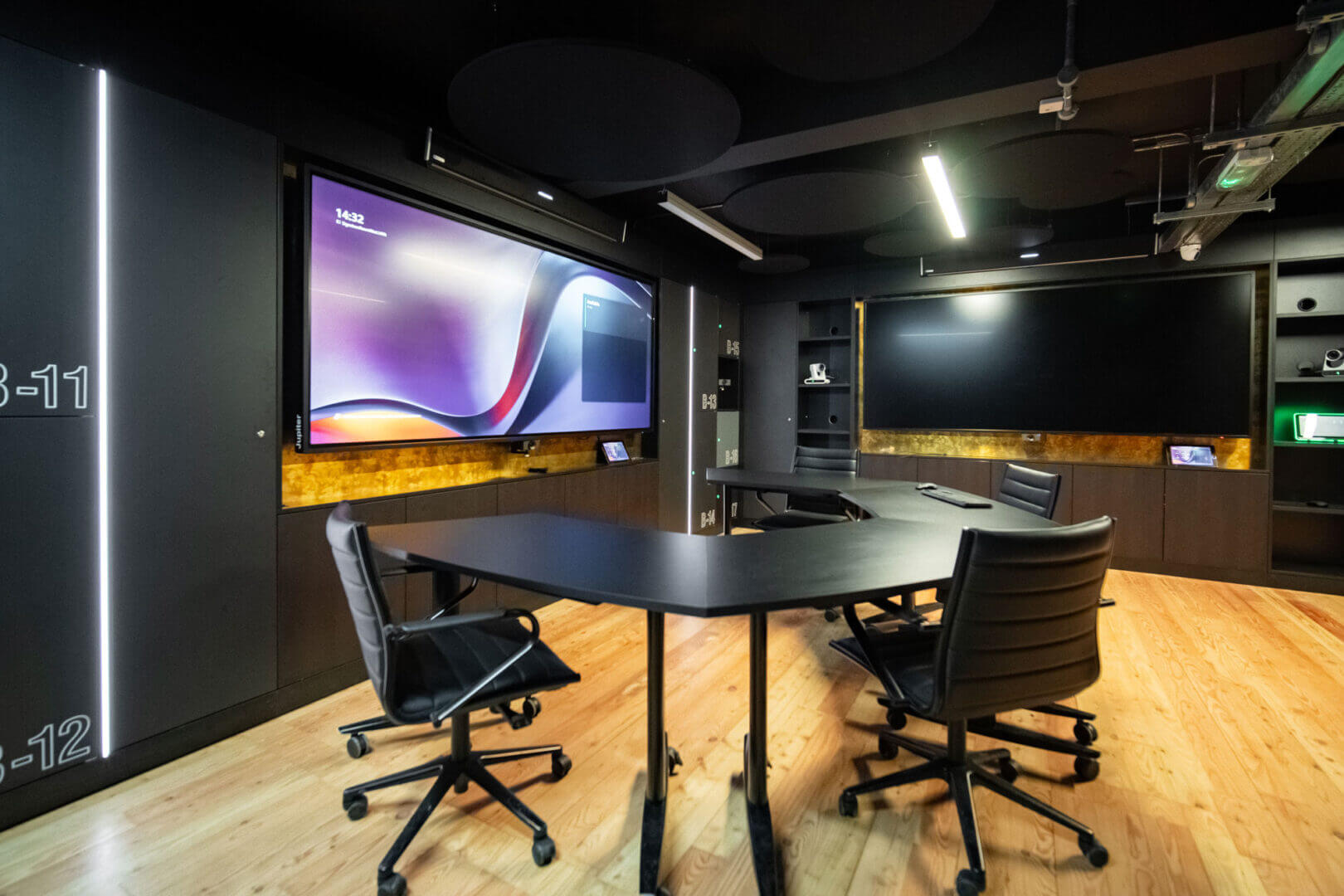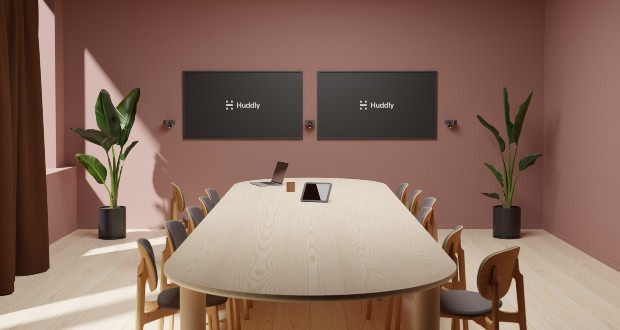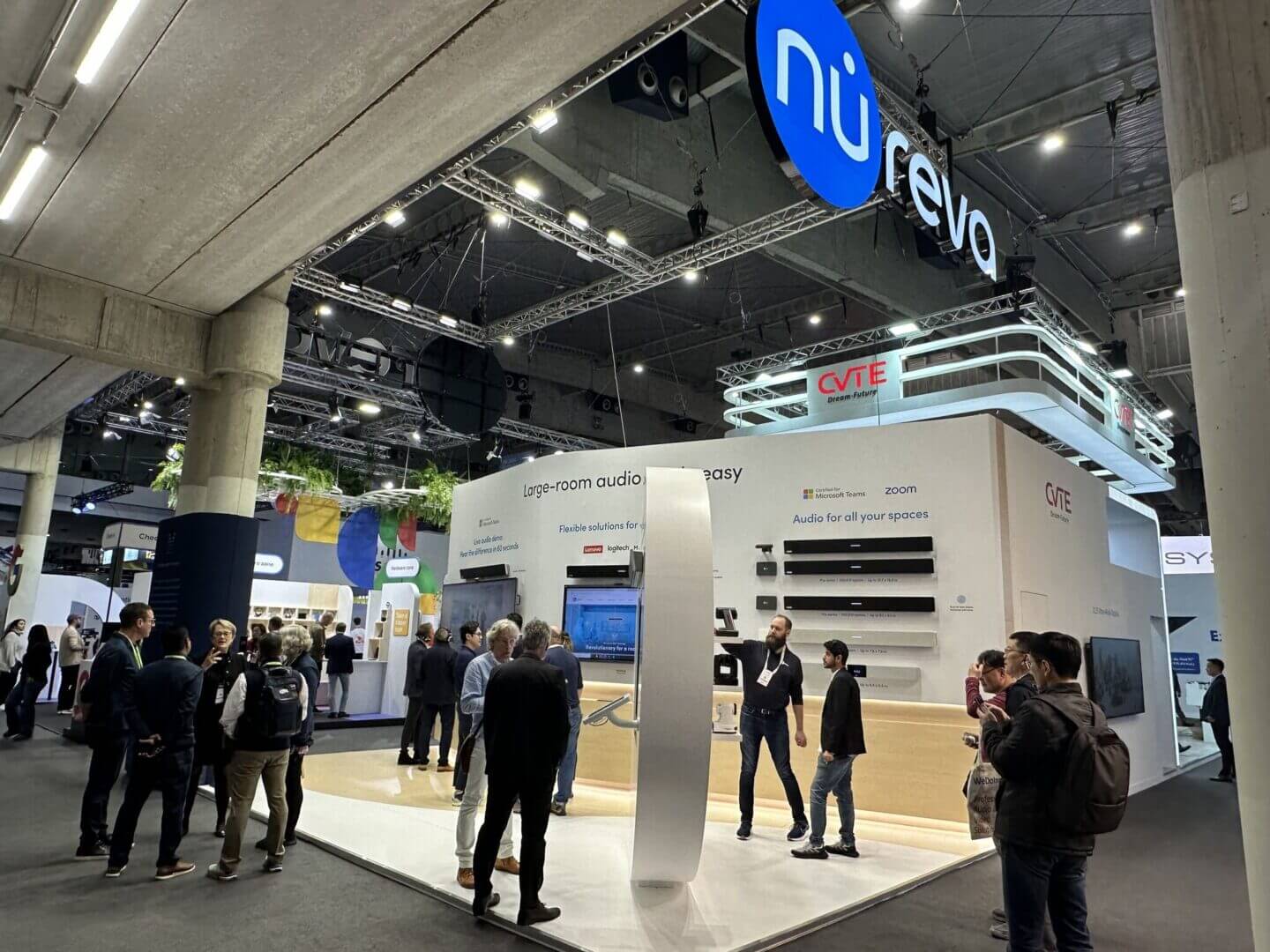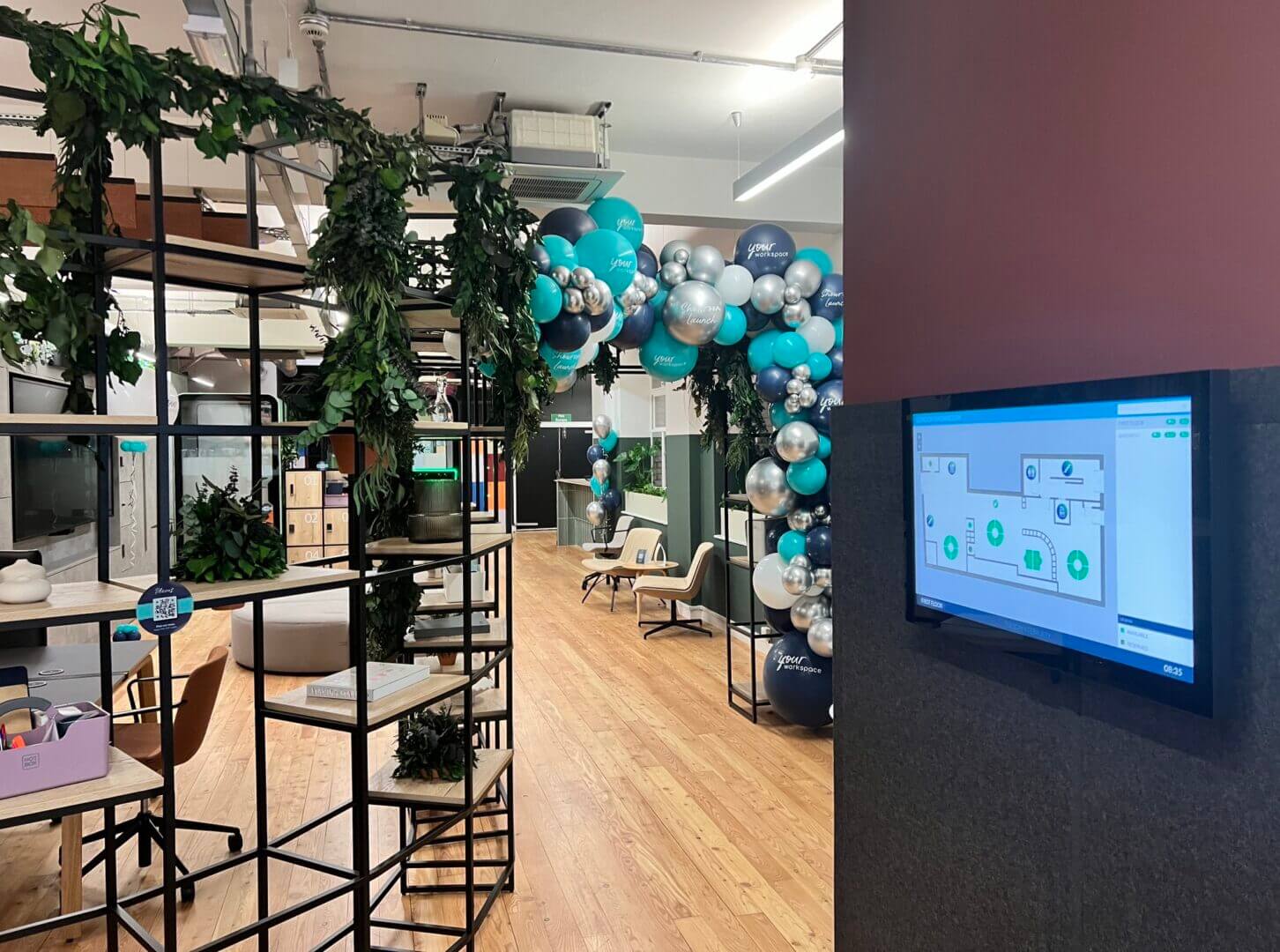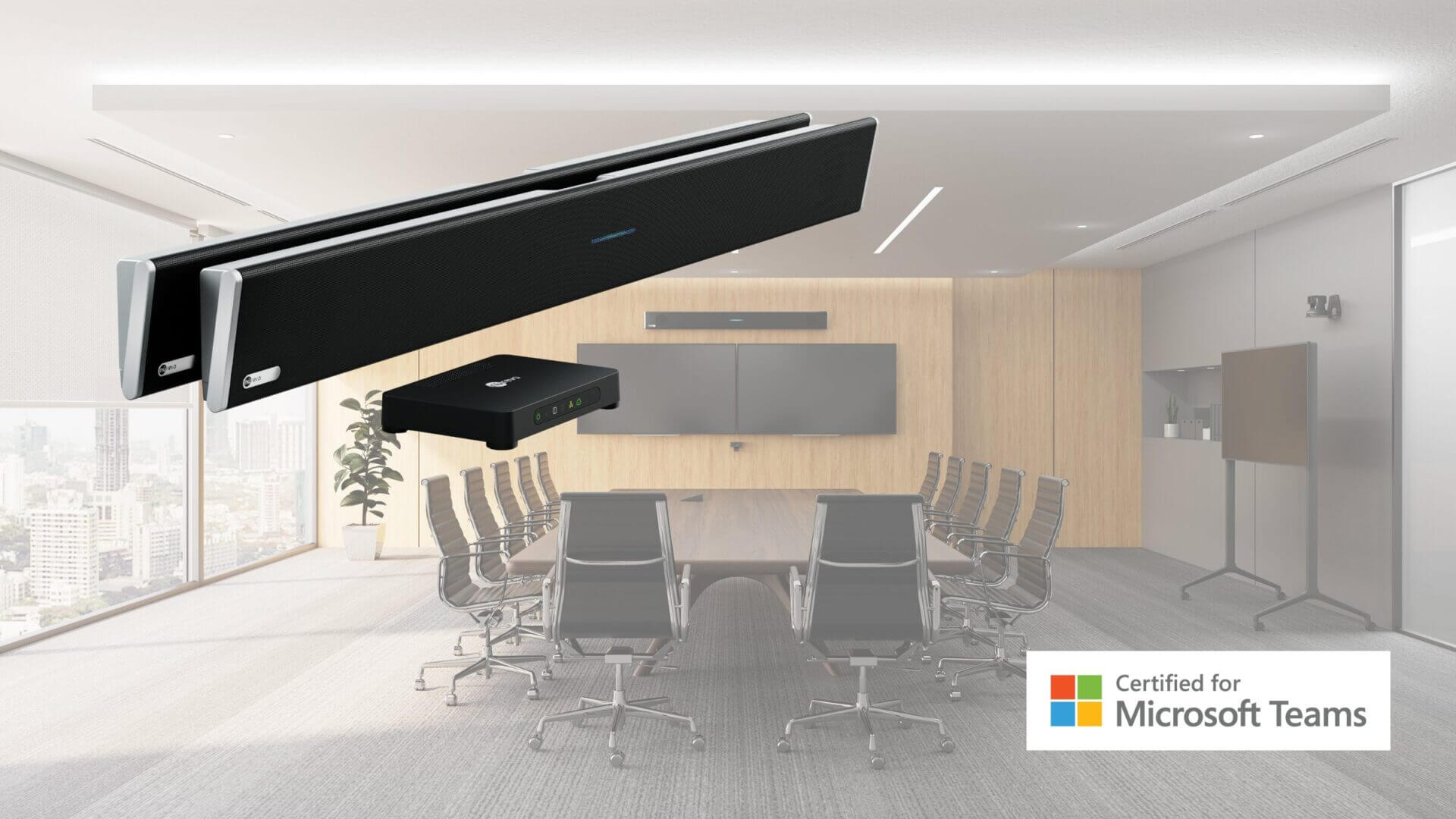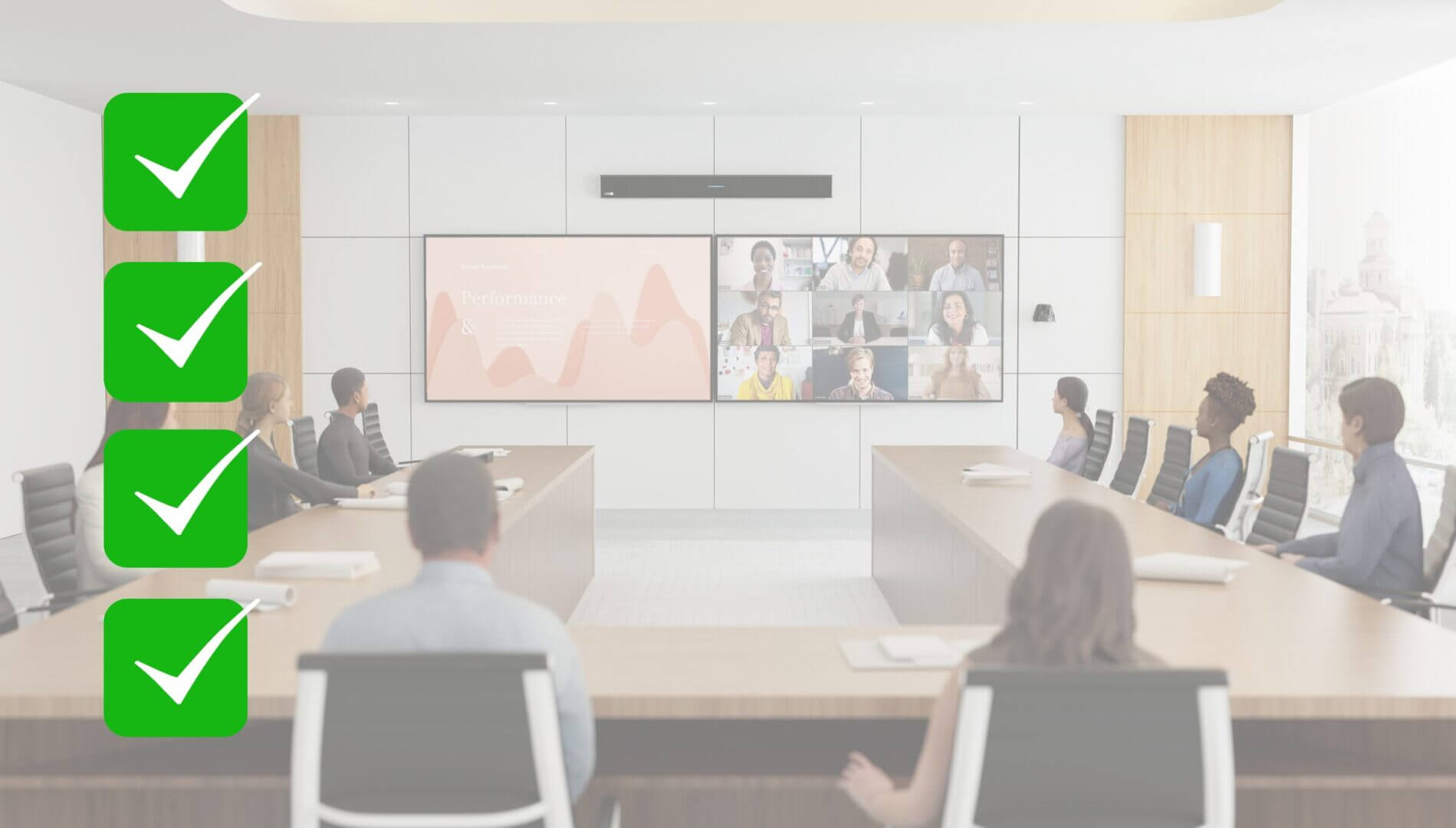Ascentae, specialists in hybrid working technology solutions for the smarter workplace.
The smart workplace
Intelligent meetings
Hybrid working
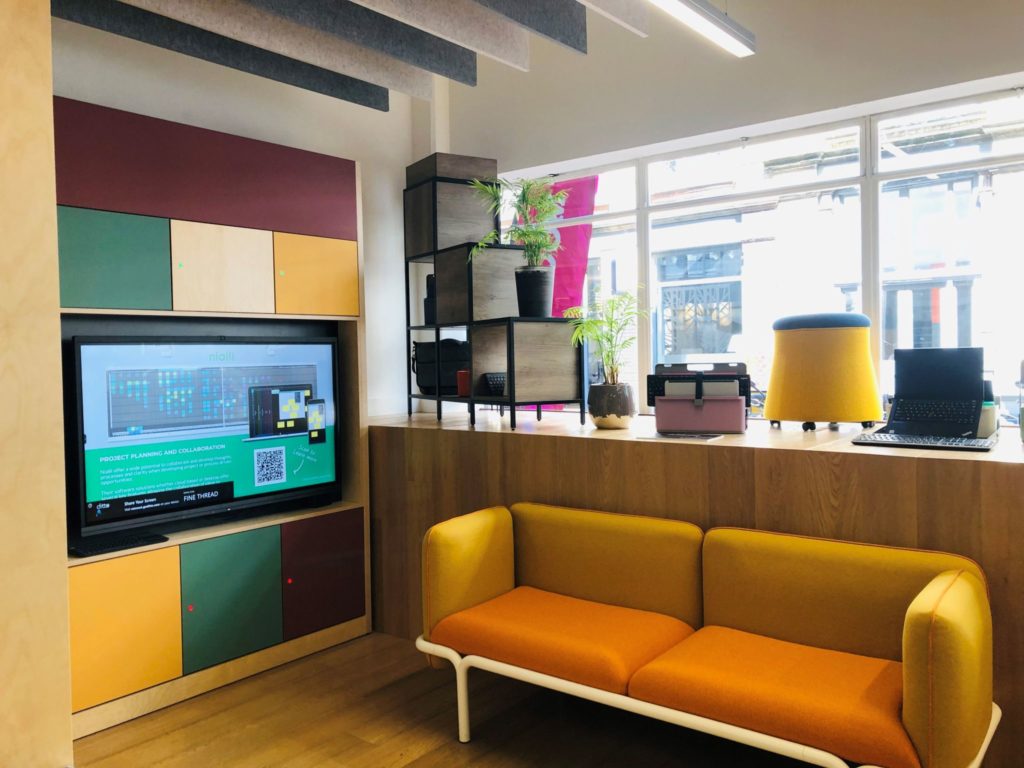
Work and learning space considerations
How do I know the technology I buy now won’t be obsolete in 5 years time?
How can technology help me work smarter?
Can technology help me adopt new ways of working that will drive forward my organisation?
Where do I find an AV supplier who knows about the latest solutions?
One thing is certain
Whether you are working in business, public sector or education, our workspaces and cultures are changing. You may be considering the adoption of agile methologies across an enterprise environment, or looking at new ways of teaching our young people, with strategies such as active or flipped learning.
The solutions Ascentae provide are chosen to help you make these changes a reality. For more information on any of the solutions showcased on the website please get in touch for a discussion or demonstration.

Our channel partners
Ascentae, doing distribution differently
